SVG support in Cloudflare Images
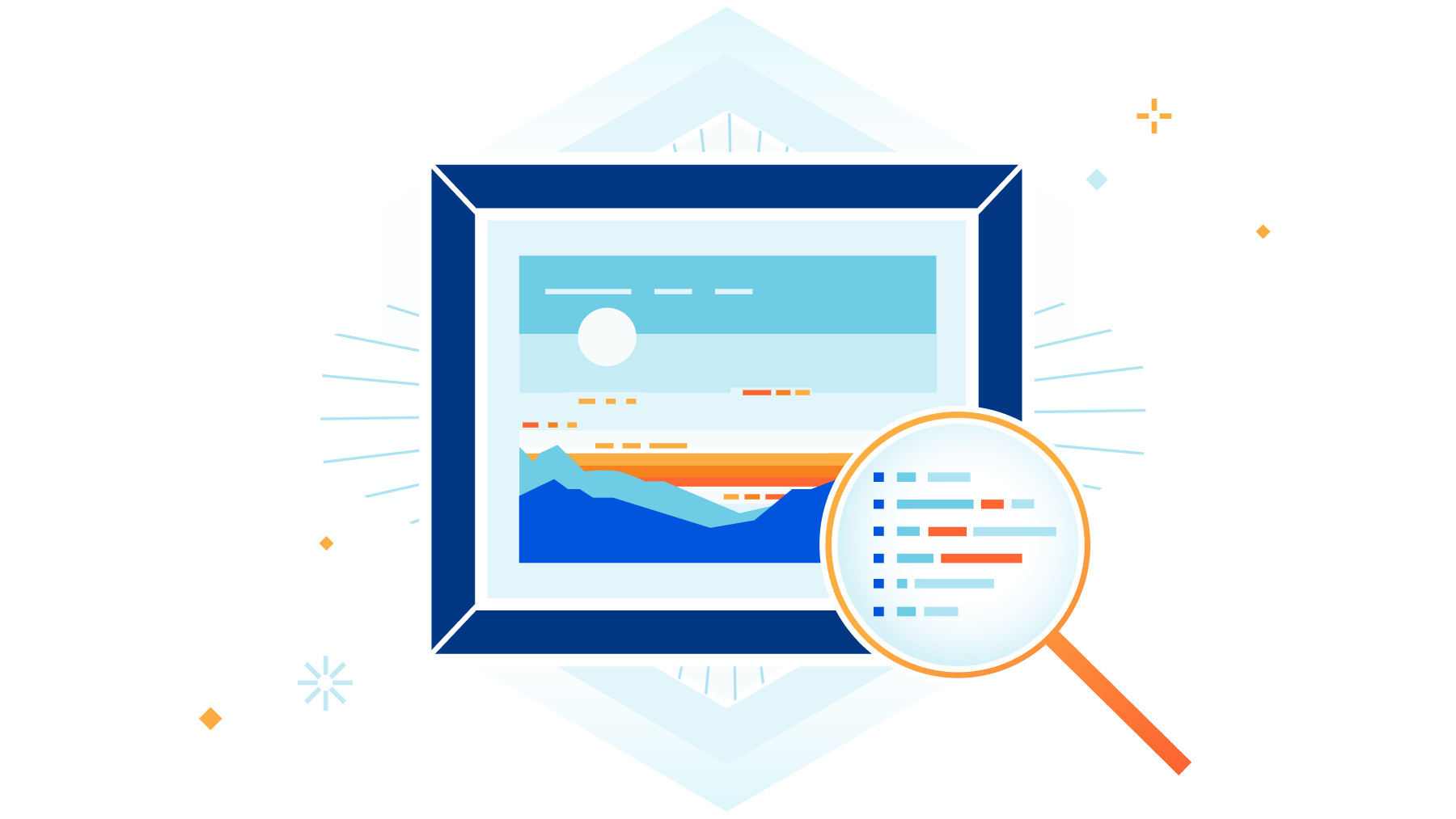
Cloudflare Images was announced one year ago on this very blog to help you solve the problem of delivering images in the right size, right quality and fast. Very fast.
It doesn’t really matter if you only run a personal blog, or a portal with thousands of vendors and millions of end-users. Doesn’t matter if you need one hundred images to be served one thousand times each at most, or if you deal with tens of millions of new, unoptimized, images that you deliver billions of times per month.
We want to remove the complexity of dealing with the need to store, to process, resize, re-encode and serve the images using multiple platforms and vendors.
At the time we wrote:
Images is a single product that stores, resizes, optimizes and serves images. We built Cloudflare Images, so customers of all sizes can build a scalable and affordable image pipeline in minutes.
We supported the most common formats, such as JPG, WebP, PNG and GIF.
We did not feel the need to support SVG files. SVG files are inherently scalable, so there is nothing to resize on the server side before serving them to your audience. One can even argue that Continue reading
Going originless with Cloudflare Workers – Building a Todo app – Part 1: The API
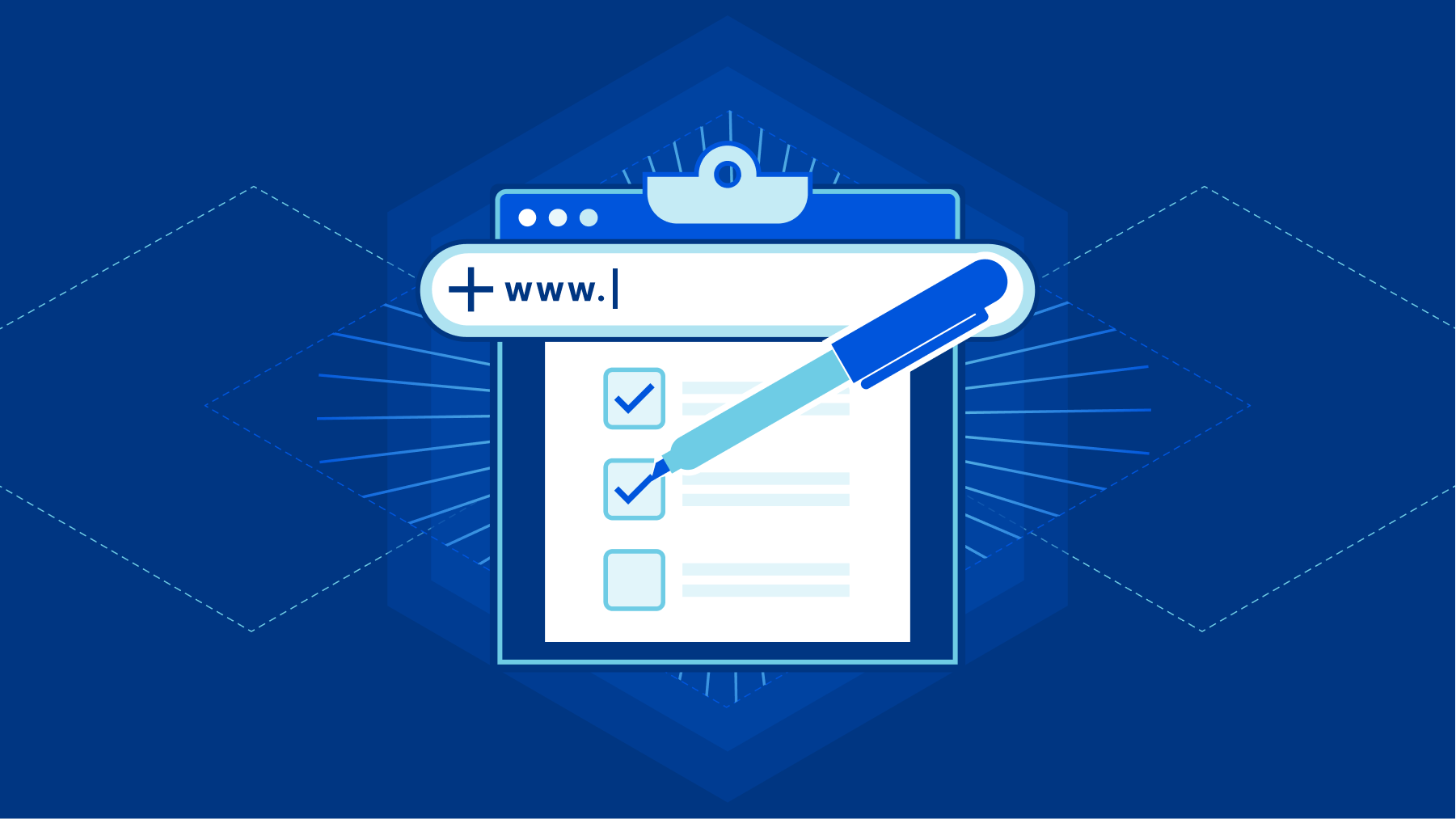
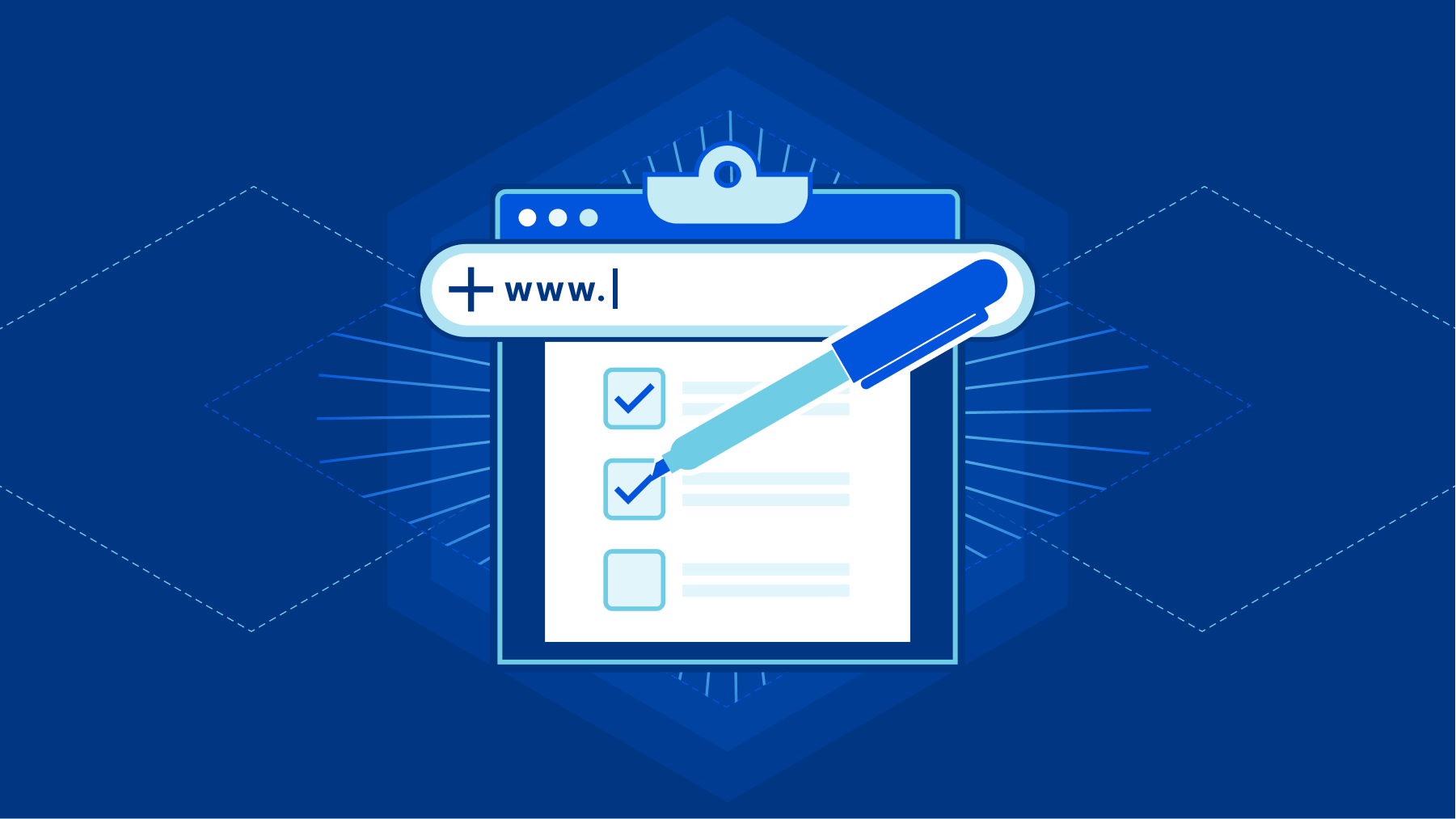
A few months ago we launched Custom Domains into an open beta. Custom Domains allow you to hook up your Workers to the Internet, without having to deal with DNS records or certificates – just enter a valid hostname and Cloudflare will do the rest! The beta’s over, and Custom Domains are now GA.
Custom Domains aren’t just about a seamless developer experience; they also allow you to build a globally distributed instantly scalable application on Cloudflare’s Developer Platform. That’s because Workers leveraging Custom Domains have no concept of an ‘Origin Server’. There’s no ‘home’ to phone to - and that also means your application can use the power of Cloudflare’s global network to run your application, well, everywhere. It’s truly serverless.
Let’s build “Todo”, but without the servers
Today we’ll start a series of posts outlining a simple todo list application. We’ll start with an API and hook it up to the Internet using Custom Domains.
With Custom Domains, you’re treating the whole network as the application server. Any time a request comes into a Cloudflare data center, Workers are triggered in that data center and connect to resources across the network as needed. Our developers don’t need to Continue reading
The easiest way to build a modern SaaS application
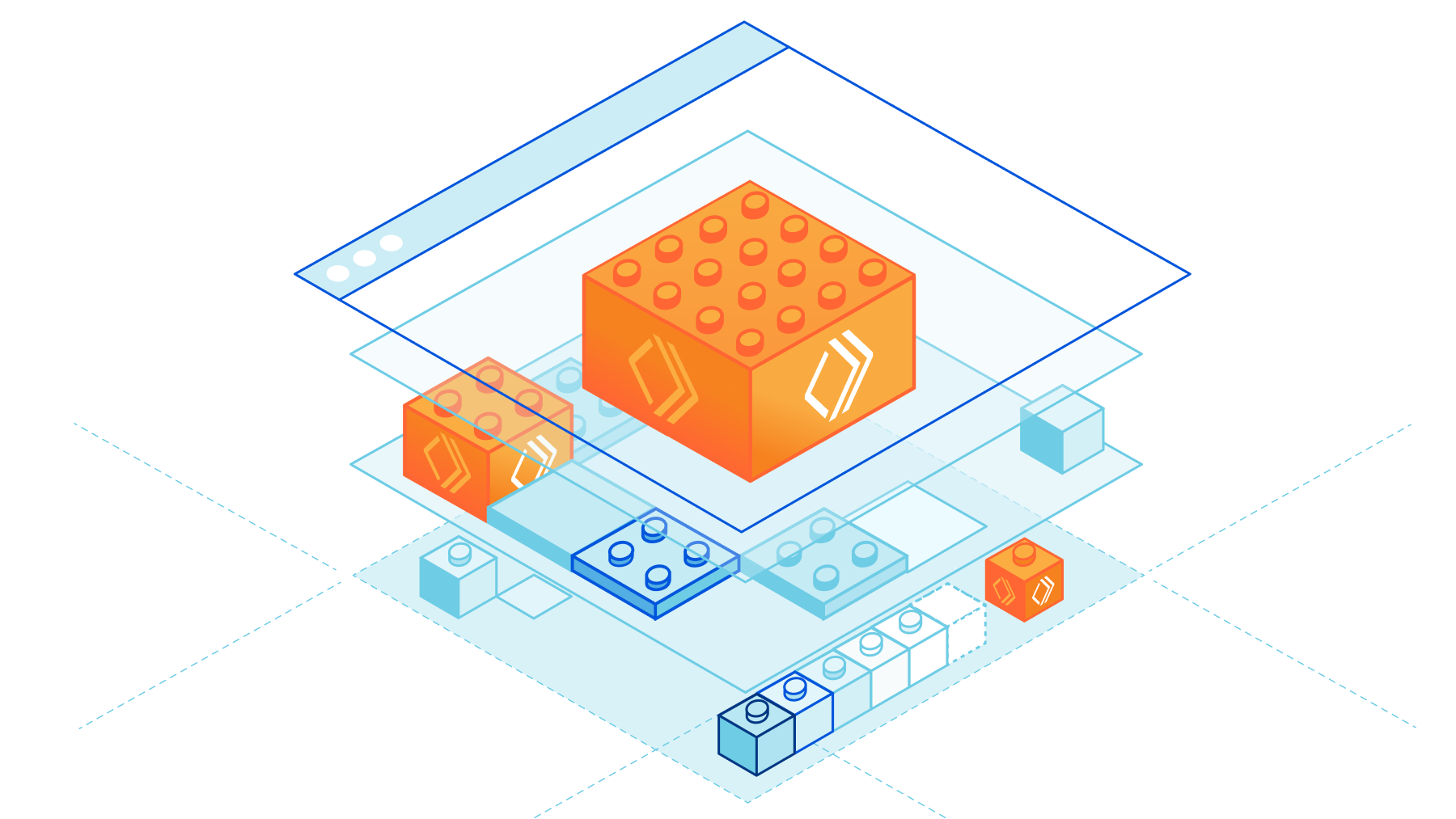
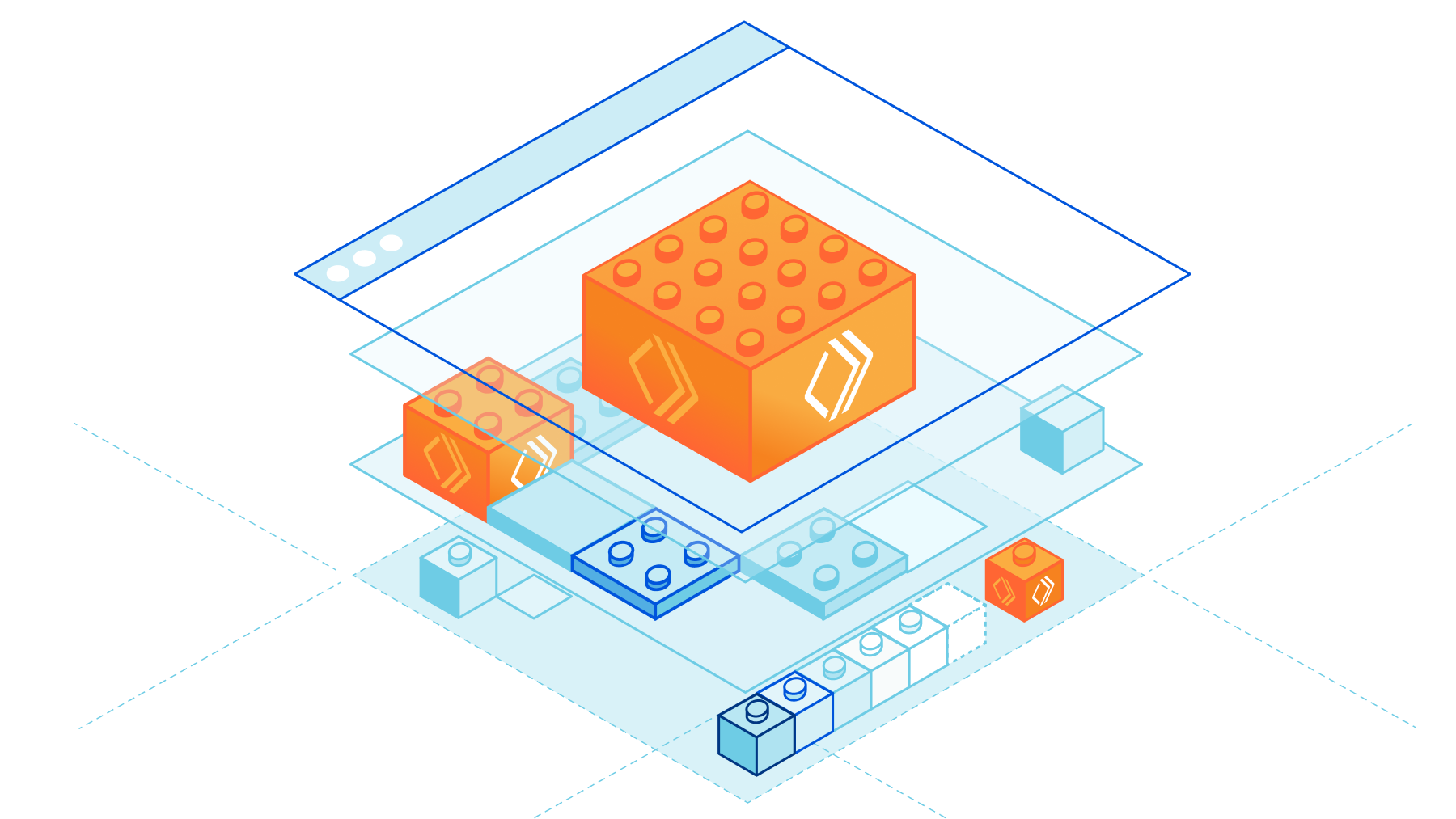
The Software as a Service (SaaS) model has changed the way we work – 80% of businesses use at least one SaaS application. Instead of investing in building proprietary software or installing and maintaining on-prem licensed software, SaaS vendors provide businesses with out-of-the-box solutions.
SaaS has many benefits over the traditional software model: cost savings, continuous updates and scalability, to name a few. However, any managed solution comes with trade-offs. As a business, one of the biggest challenges in adopting SaaS tooling is loss of customization. Not every business uses software in the same way and as you grow as a SaaS company it’s not long until you get customers saying “if only I could do X”.
Enter Workers for Platforms – Cloudflare's serverless functions offering for SaaS businesses. With Workers for Platforms, your customers can build custom logic to meet their requirements right into your application.
We’re excited to announce that Workers for Platforms is now in GA for all Enterprise customers! If you’re an existing customer, reach out to your Customer Success Manager (CSM) to get access. For new customers, fill out our contact form to get started.
The conundrum of customization
As a SaaS business invested in Continue reading
Stream Live is now Generally Available

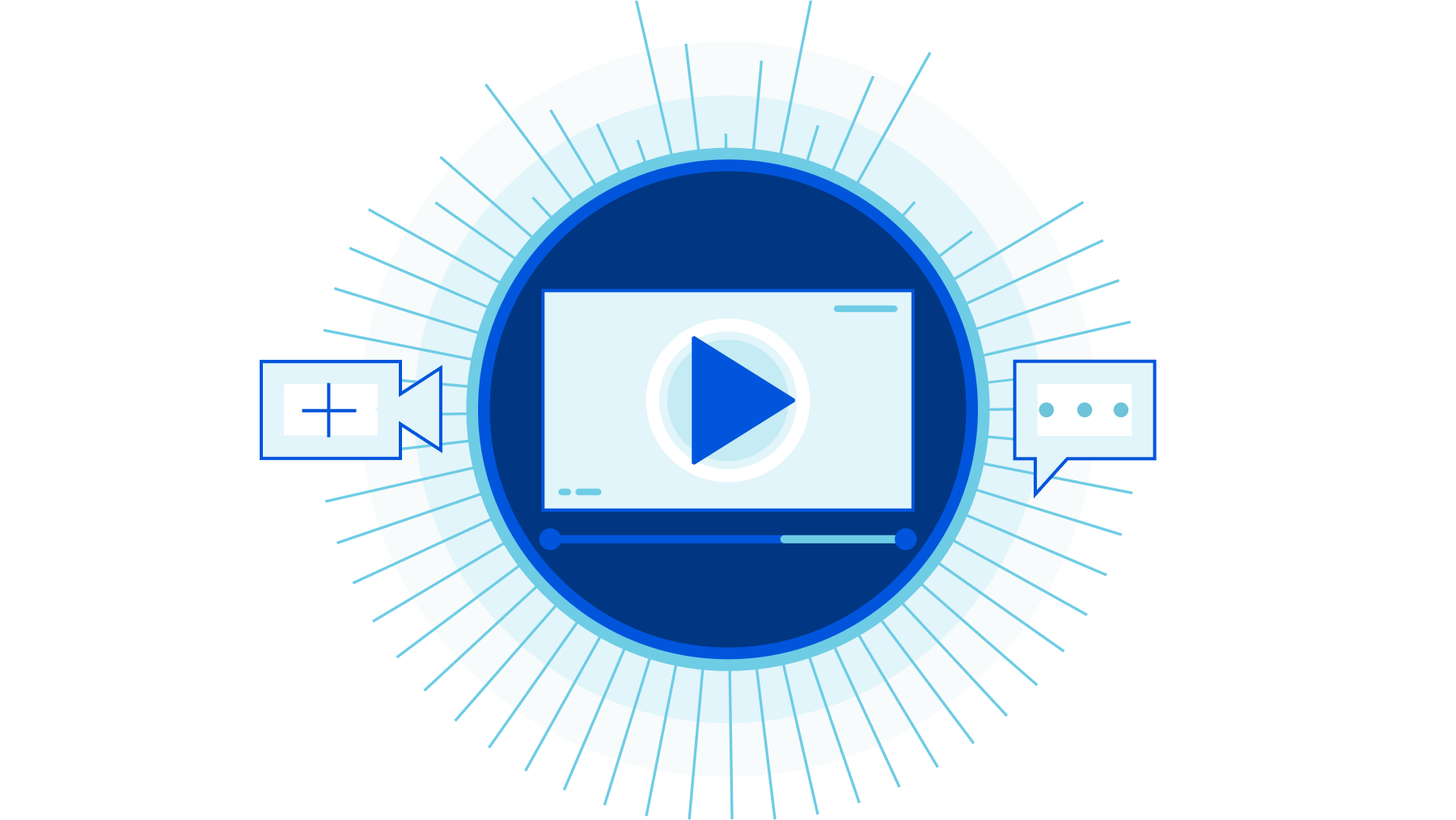
Today, we’re excited to announce that Stream Live is out of beta, available to everyone, and ready for production traffic at scale. Stream Live is a feature of Cloudflare Stream that allows developers to build live video features in websites and native apps.
Since its beta launch, developers have used Stream to broadcast live concerts from some of the world’s most popular artists directly to fans, build brand-new video creator platforms, operate a global 24/7 live OTT service, and more. While in beta, Stream has ingested millions of minutes of live video and delivered to viewers all over the world.
Bring your big live events, ambitious new video subscription service, or the next mobile video app with millions of users — we’re ready for it.
Streaming live video at scale is hard
Live video uses a massive amount of bandwidth. For example, a one-hour live stream at 1080p at 8Mbps is 3.6GB. At typical cloud provider egress prices, even a little egress can break the bank.
Live video must be encoded on-the-fly, in real-time. People expect to be able to watch live video on their phone, while connected to mobile networks with less bandwidth, higher latency and Continue reading
R2 is now Generally Available
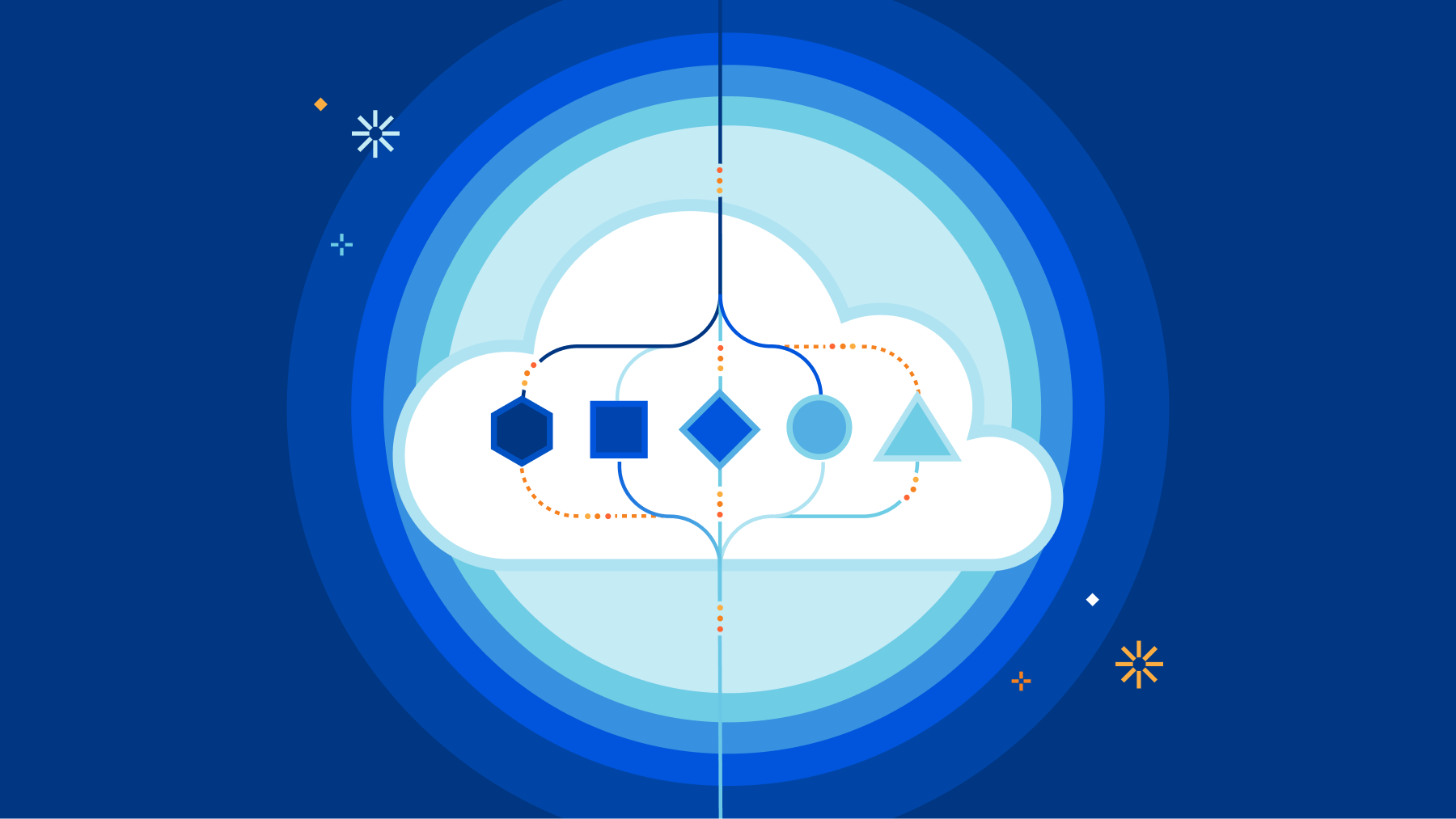
This post is also available in Français and Español.
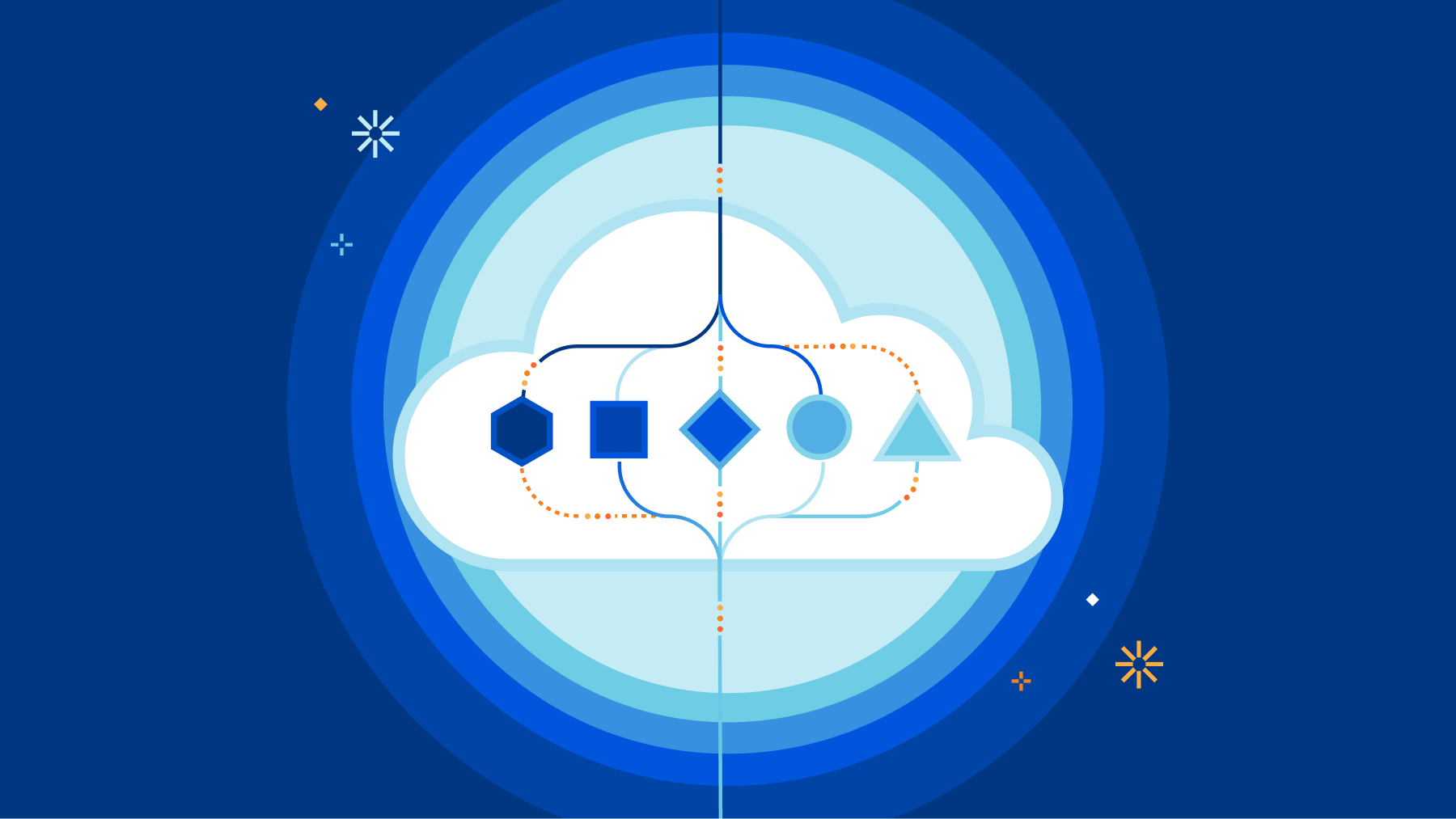
R2 gives developers object storage, without the egress fees. Before R2, cloud providers taught us to expect a data transfer tax every time we actually used the data we stored with them. Who stores data with the goal of never reading it? No one. Yet, every time you read data, the egress tax is applied. R2 gives developers the ability to access data freely, breaking the ecosystem lock-in that has long tied the hands of application builders.
In May 2022, we launched R2 into open beta. In just four short months we’ve been overwhelmed with over 12k developers (and rapidly growing) getting started with R2. Those developers came to us with a wide range of use cases from podcast applications to video platforms to ecommerce websites, and users like Vecteezy who was spending six figures in egress fees. We’ve learned quickly, gotten great feedback, and today we’re excited to announce R2 is now generally available.
We wouldn’t ask you to bet on tech we weren’t willing to bet on ourselves. While in open beta, we spent time moving our own products to R2. One such example, Cloudflare Images, proudly serving thousands Continue reading
Cloudflare Area 1 – how the best email security keeps getting better
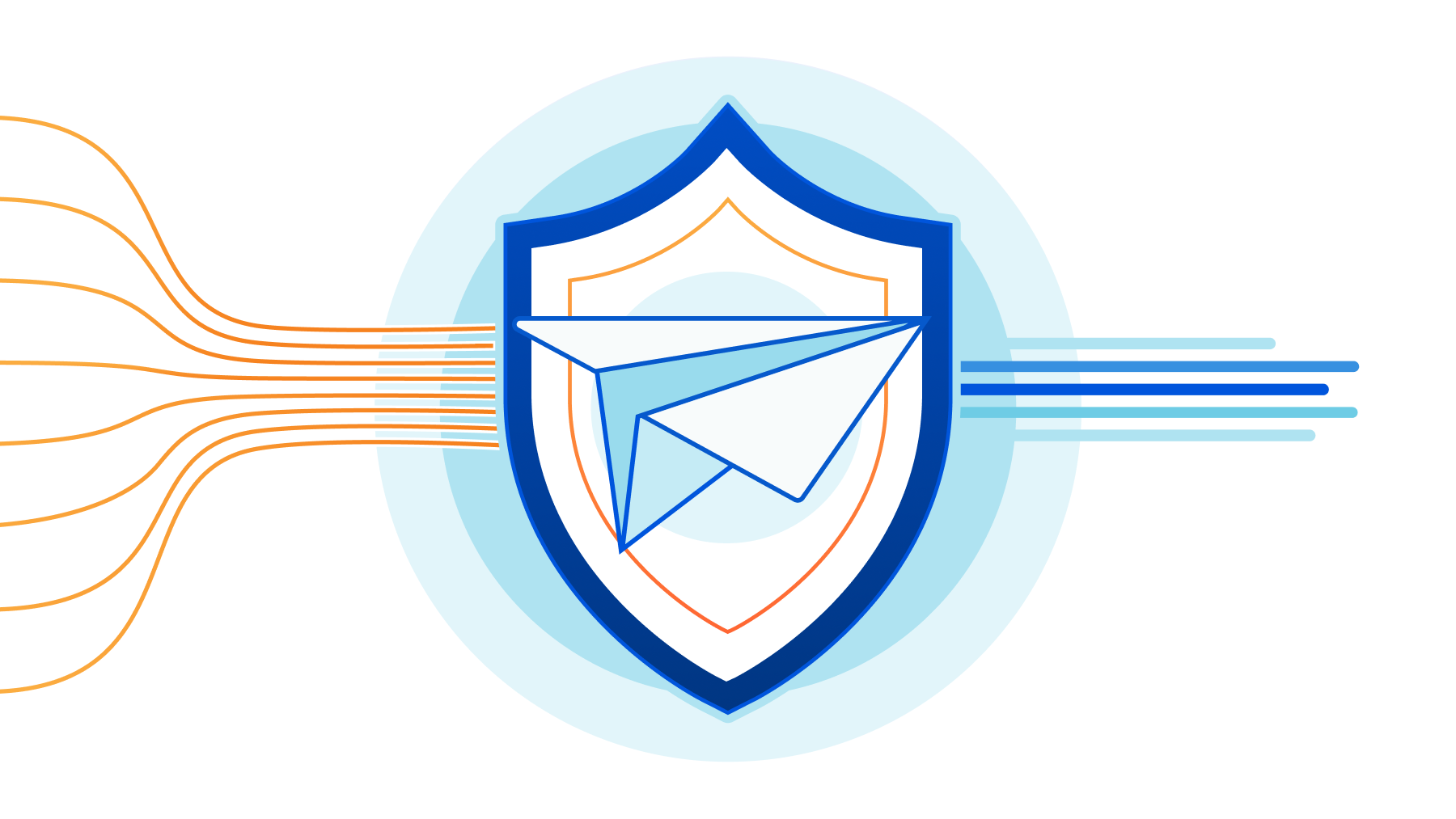
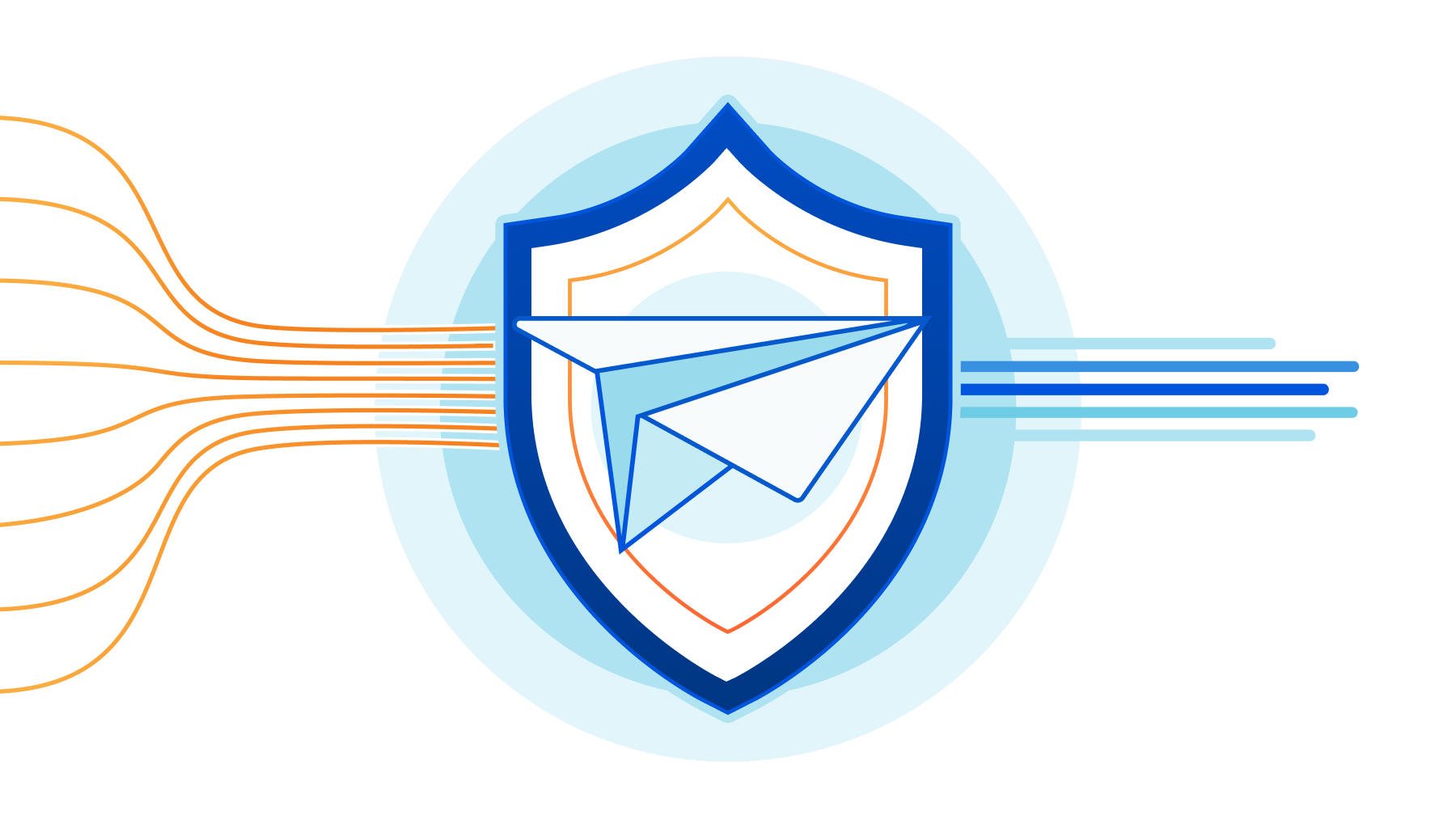
On February 23, 2022, after being a customer for two years and seeing phishing attacks virtually disappear from our employee’s mailboxes, Cloudflare announced the acquisition of Area 1 Security.
Thanks to its unique technology (more on that below) Cloudflare Area 1 can proactively identify and protect against phishing campaigns before they happen, and potentially prevent the 90%+ of all cyberattacks that Deloitte research identified as starting with an email. All with little to no impact on employee productivity.
But preventing 90% of the attacks is not enough, and that’s why Cloudflare Area 1 email security is part of our Zero Trust platform. Here’s what’s new.
Email Security on your Cloudflare Dashboard
Starting today you will find a dedicated Email Security section on your Cloudflare dashboard. That’s the easiest way for any Cloudflare customer to get familiar with and start using Cloudflare Area 1 Email Security.
From there you can easily request a trial, which gives you access to the full product for 30 days.
Our team will guide you through the setup, which will take just a few minutes. That’s the beauty of not having to install and tune a Secure Email Gateway (SEG). You can simply configure Area Continue reading
Isolate browser-borne threats on any network with WAN-as-a-Service


Defending corporate networks from emerging threats is no easy task for security teams who manage complex stacks of firewalls, DNS and HTTP filters, and DLP and sandboxing appliances. Layering new defenses, such as Remote Browser Isolation to mitigate browser-borne threats that target vulnerabilities in unpatched browsers, can be complex for administrators who first have to plan how to integrate a new solution within their existing networks.
Today, we’re making it easier for administrators to integrate Cloudflare Browser Isolation into their existing network from any traffic source such as IPsec and GRE via our WAN-as-a-service, Magic WAN. This new capability enables administrators to connect on-premise networks to Cloudflare and protect Internet activity from browser-borne malware and zero day threats, without installing any endpoint software or nagging users to update their browsers.
Before diving into the technical details, let’s recap how Magic WAN and Browser Isolation fit into network perimeter architecture and a defense-in-depth security strategy.

Securing networks at scale with Magic WAN
Companies have historically secured their networks by building a perimeter out of on-premise routers, firewalls, dedicated connectivity and additional appliances for each layer of the security stack. Expanding the security perimeter pushes networks to their limits as centralized Continue reading
Cloudflare One Partner Program acceleration
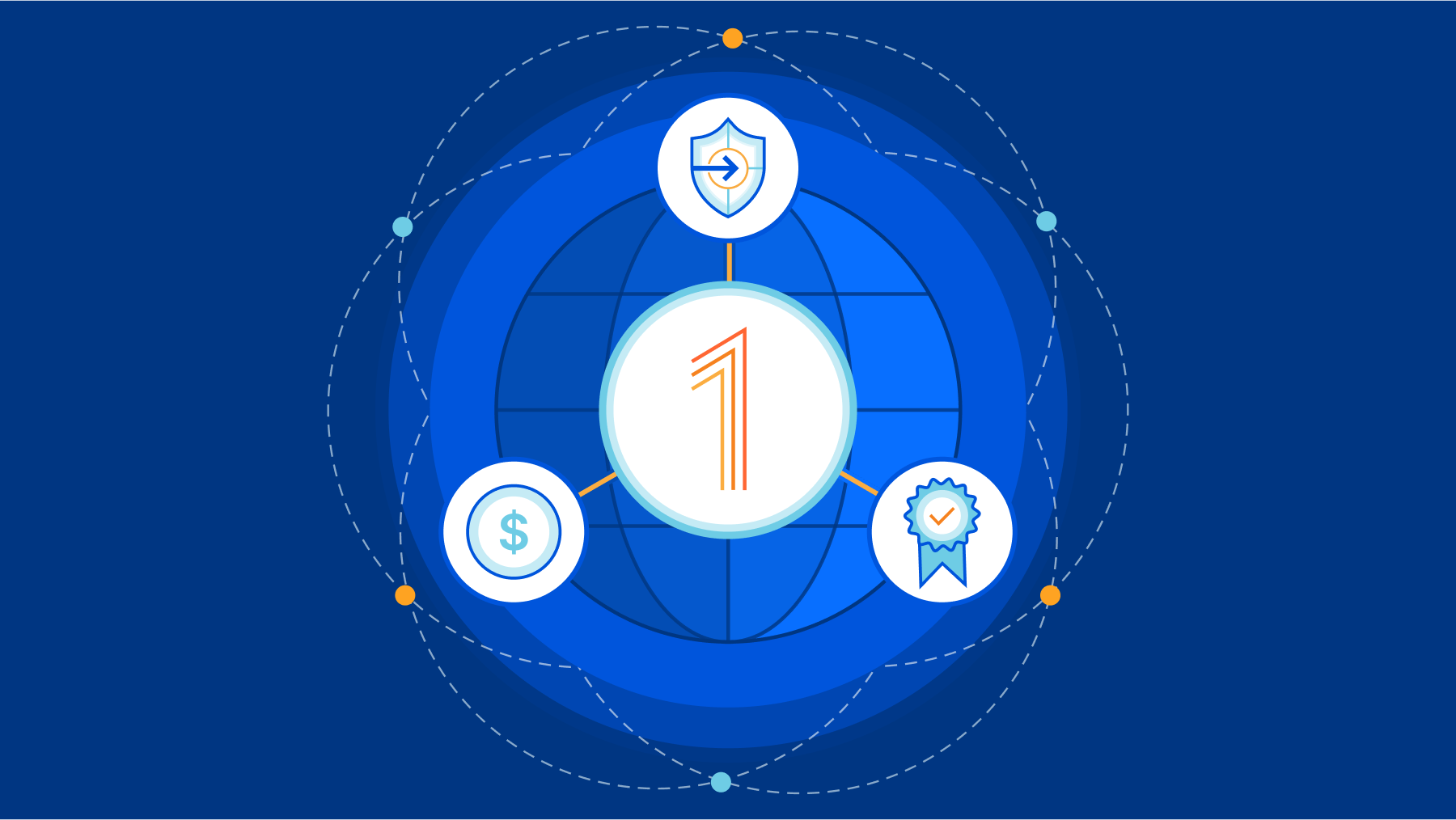
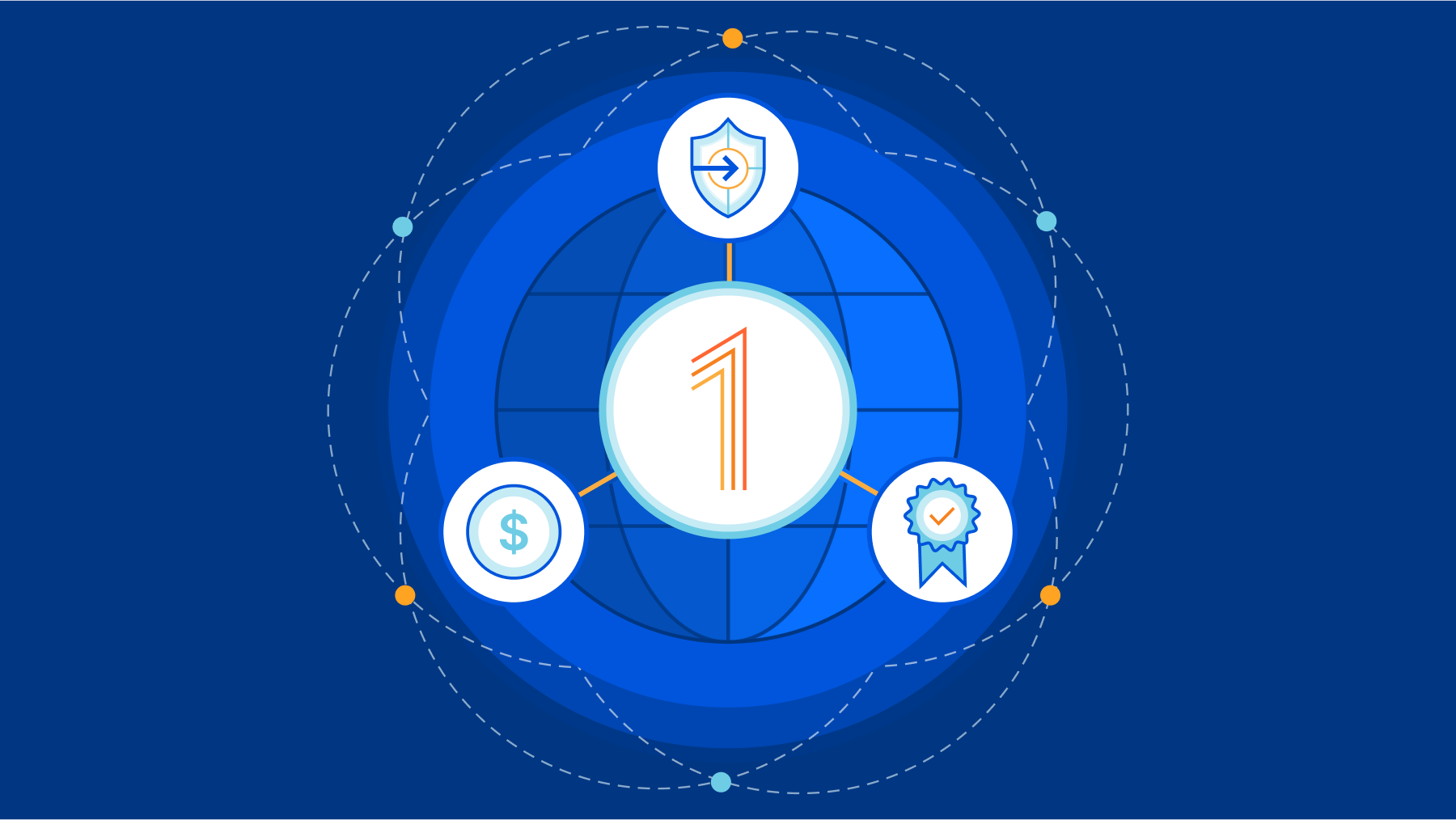
Just a few short months ago, Cloudflare announced the launch of the Cloudflare One Partner Program. Many customers want to start their journeys to Zero Trust but are not sure where or how to start. It became clear there was a significant opportunity to partner with the channel – to combine Cloudflare’s complete Zero Trust portfolio with a broad set of Cloudflare-enabled, channel-delivered professional services to help customers navigate meaningful ways to adopt a Zero Trust architecture. Underscoring this need to partner was the fact that over the last six months we saw a 50% increase in new Cloudflare Zero Trust customers being won with the channel.
Clearly customers are ready to cut through the market hype of Zero Trust and start implementing - with the right platform of products and services - and the right value contribution of their channel partners.
Since the launch of the Cloudflare One Partner Program, we’ve engaged with hundreds of partners through our recruiting campaigns and in our Zero Trust Roadshow. This has provided a tremendous amount of feedback on what is working and why we believe we have the right program at the right time. This feedback has consistently centered around a few Continue reading
Cloudflare Data Loss Prevention now Generally Available

This post is also available in 简体中文, 日本語, Deutsch, Français and Español.

In July 2022, we announced beta access to our newest Zero Trust product, Data Loss Prevention (DLP). Today, we are even more excited to announce that DLP is Generally Available to customers! Any customer can now get visibility and control of sensitive data moving into, out of, and around their corporate network. If you are interested, check out the bottom of this post.
What is DLP?
Data Loss Prevention helps you overcome one of their biggest challenges: identifying and protecting sensitive data. The migration to the cloud has made tracking and controlling sensitive information more difficult than ever. Employees are using an ever-growing list of tools to manipulate a vast amount of data. Meanwhile, IT and security managers struggle to identify who should have access to sensitive data, how that data is stored, and where that data is allowed to go.
Data Loss Prevention enables you to protect your data based on its characteristics, such as keywords or patterns. As traffic moves into and out of corporate infrastructure, the traffic is inspected for indicators of sensitive data. If the indicators are found, the traffic is Continue reading
Detect security issues in your SaaS apps with Cloudflare CASB
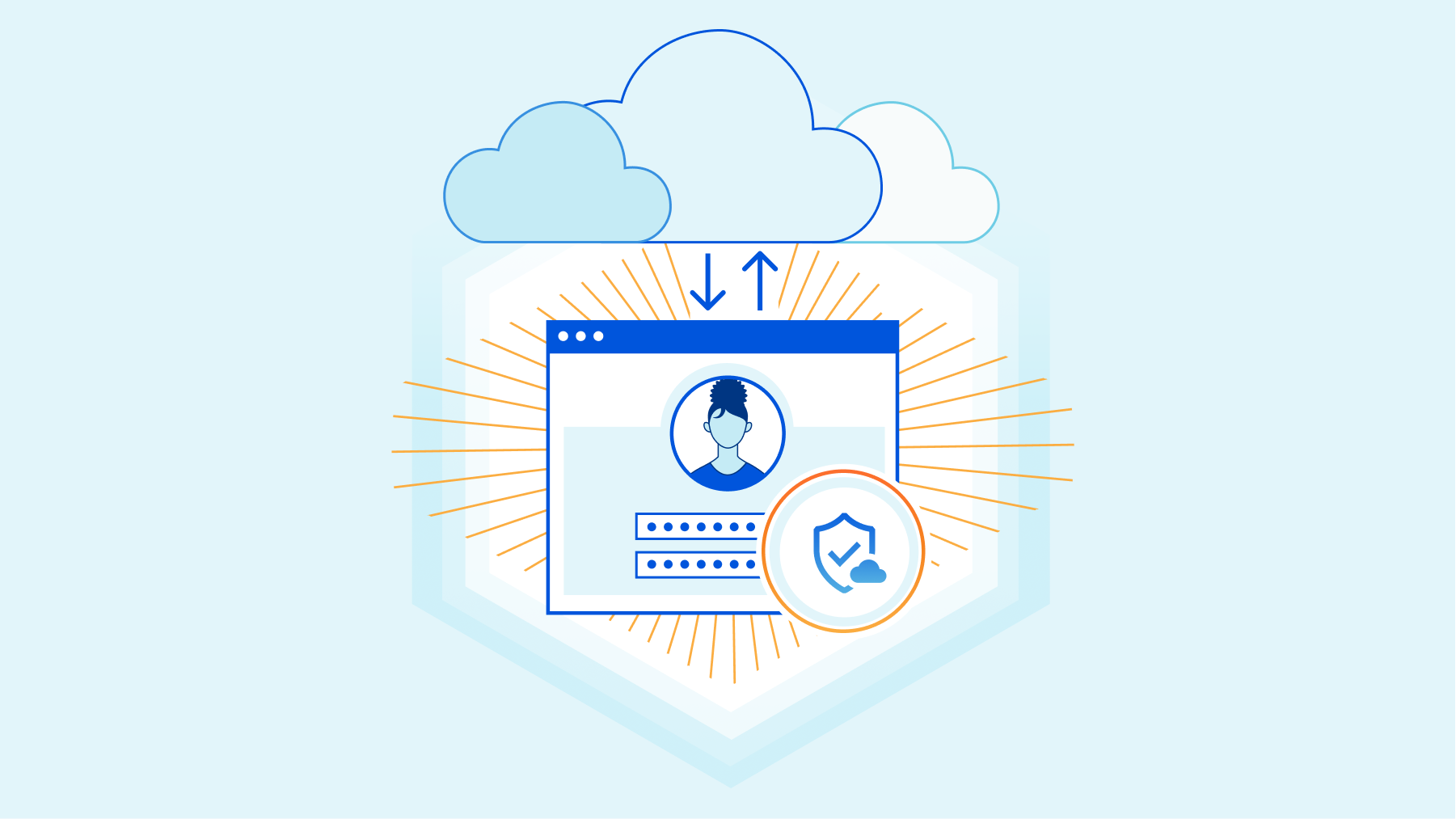
This post is also available in 简体中文, 日本語, Deutsch, Français and Español.
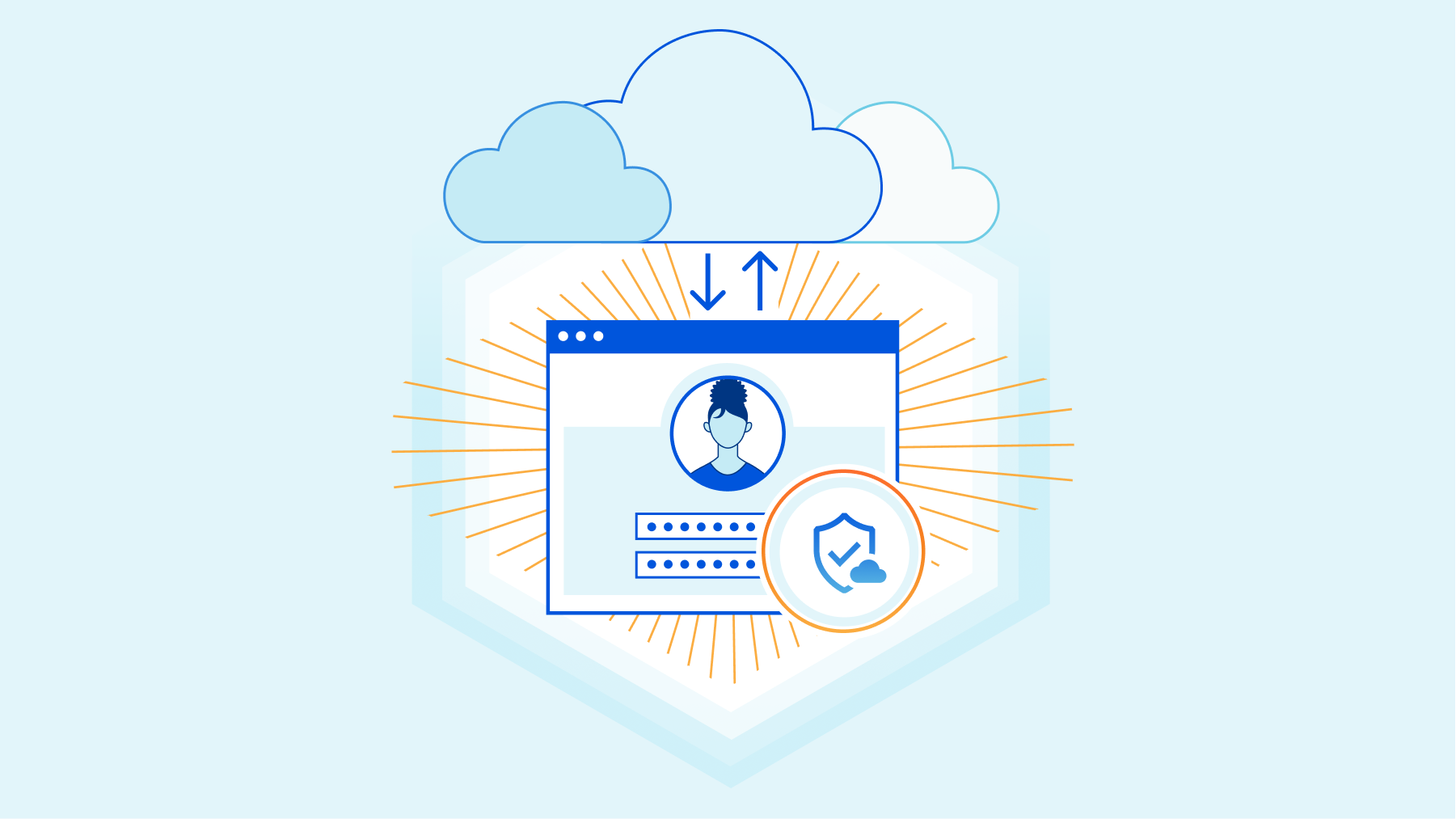
It’s GA Week here at Cloudflare, meaning some of our latest and greatest endeavors are here and ready to be put in the hands of Cloudflare customers around the world. One of those releases is Cloudflare’s API-driven Cloud Access Security Broker, or CASB, one of the newest additions to our Zero Trust platform.
Starting today, IT and security administrators can begin using Cloudflare CASB to connect, scan, and monitor their third-party SaaS applications for a wide variety of security issues - all in just a few clicks.
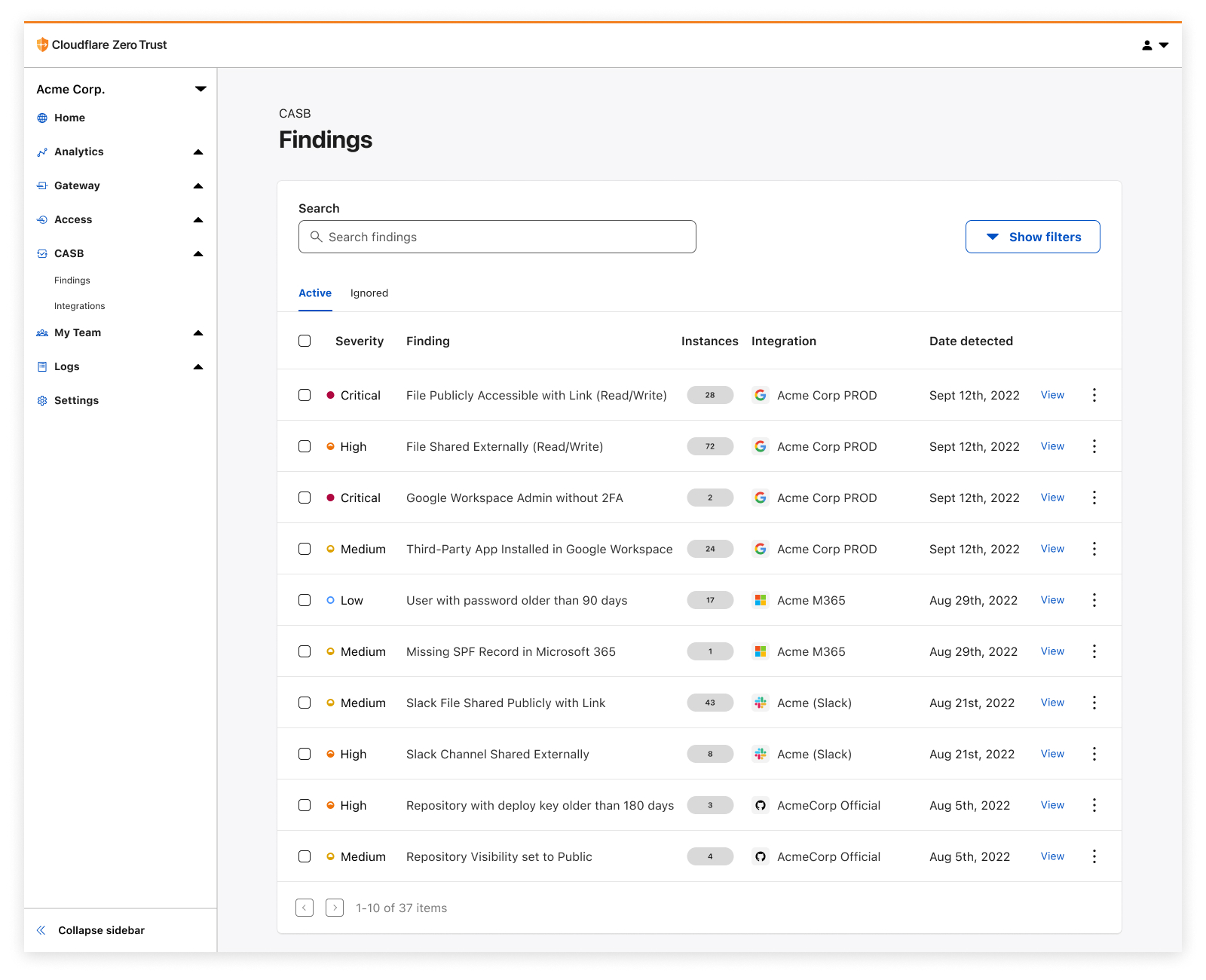
Whether it’s auditing Google Drive for data exposure and file oversharing, checking Microsoft 365 for misconfigurations and insecure settings, or reviewing third-party access for Shadow IT, CASB is now here to help organizations establish a direct line of sight into their SaaS app security and DLP posture.
The problem
Try to think of a business or organization that uses fewer than 10 SaaS applications. Hard, isn’t it?
It’s 2022, and by now, most of us have noticed the trend of mass SaaS adoption balloon over recent years, with some organizations utilizing hundreds of third-party services across a slew Continue reading
Introducing Advanced DDoS Alerts
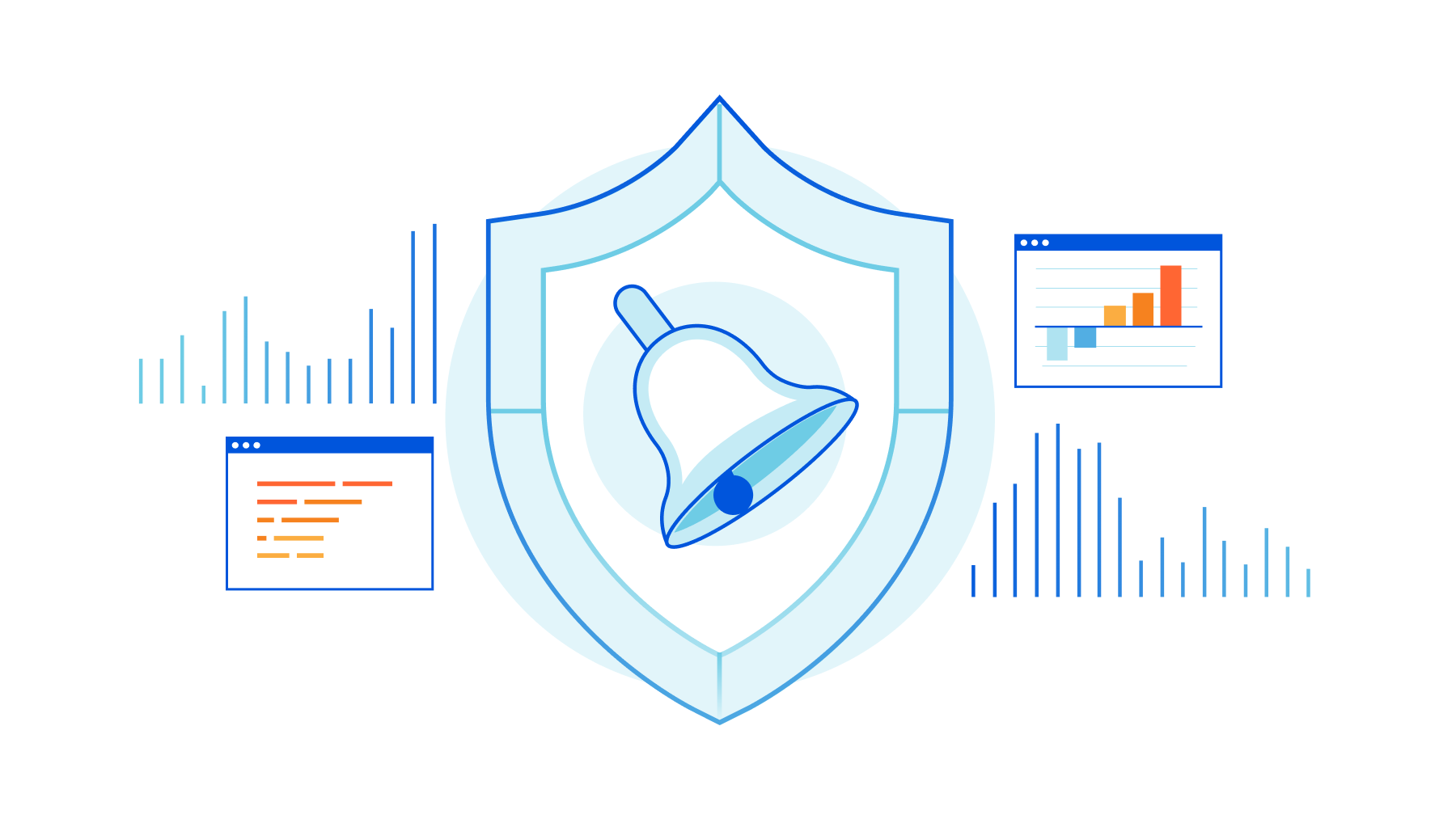
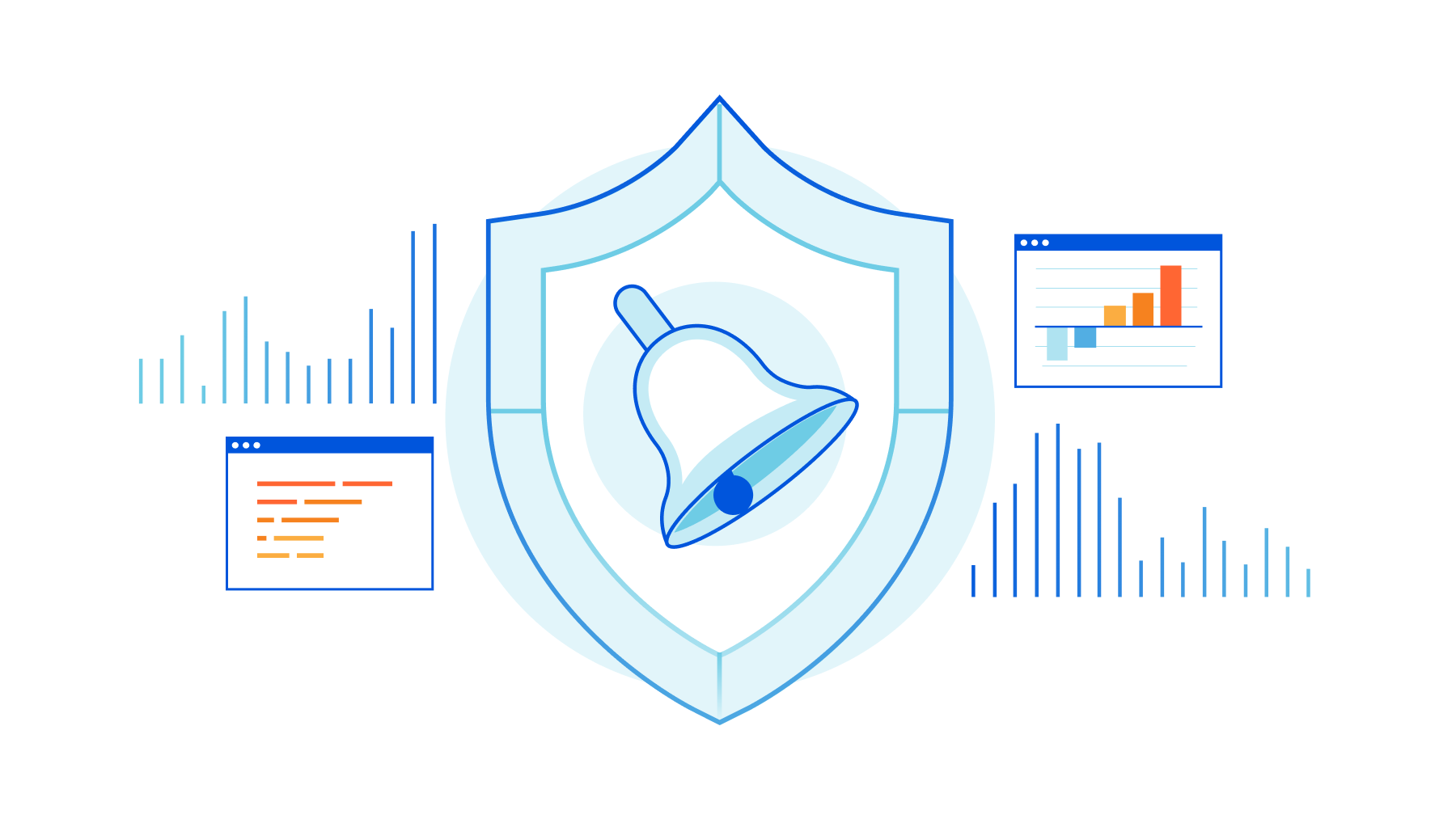
We’re pleased to introduce Advanced DDoS Alerts. Advanced DDoS Alerts are customizable and provide users the flexibility they need when managing many Internet properties. Users can easily define which alerts they want to receive — for which DDoS attack sizes, protocols and for which Internet properties.
This release includes two types of Advanced DDoS Alerts:
- Advanced HTTP DDoS Attack Alerts - Available to WAF/CDN customers on the Enterprise plan, who have also subscribed to the Advanced DDoS Protection service.
- Advanced L3/4 DDoS Attack Alerts - Available to Magic Transit and Spectrum BYOIP customers on the Enterprise plan.
Standard DDoS Alerts are available to customers on all plans, including the Free plan. Advanced DDoS Alerts are part of Cloudflare’s Advanced DDoS service.
Why alerts?
Distributed Denial of Service attacks are cyber attacks that aim to take down your Internet properties and make them unavailable for your users. As early as 2017, Cloudflare pioneered the Unmetered DDoS Protection to provide all customers with DDoS protection, without limits, to ensure that their Internet properties remain available. We’re able to provide this level of commitment to our customers thanks to our automated DDoS protection systems. But if the systems operate automatically, why even be Continue reading
Introducing Cloudflare Adaptive DDoS Protection – our new traffic profiling system for mitigating DDoS attacks
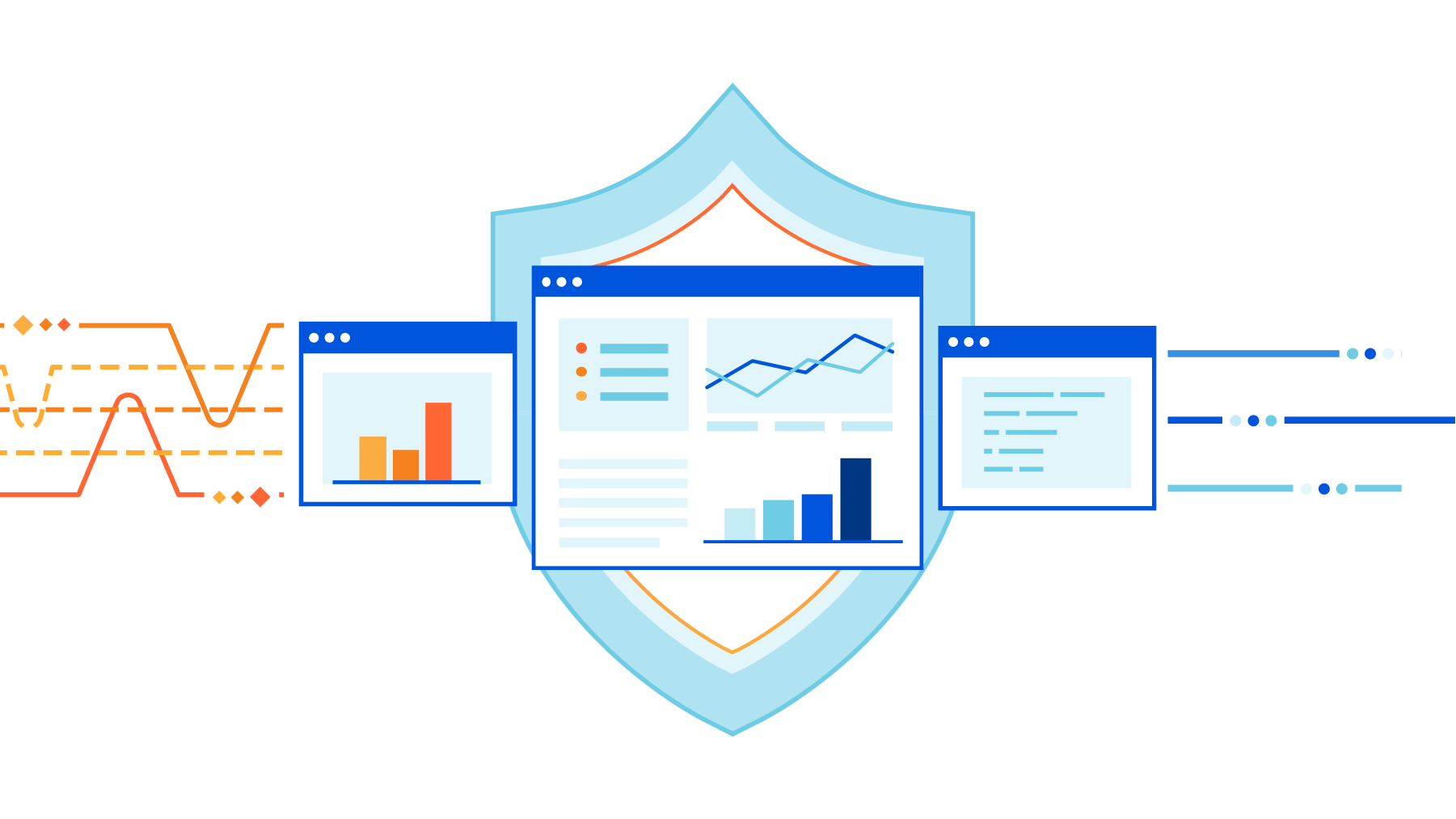
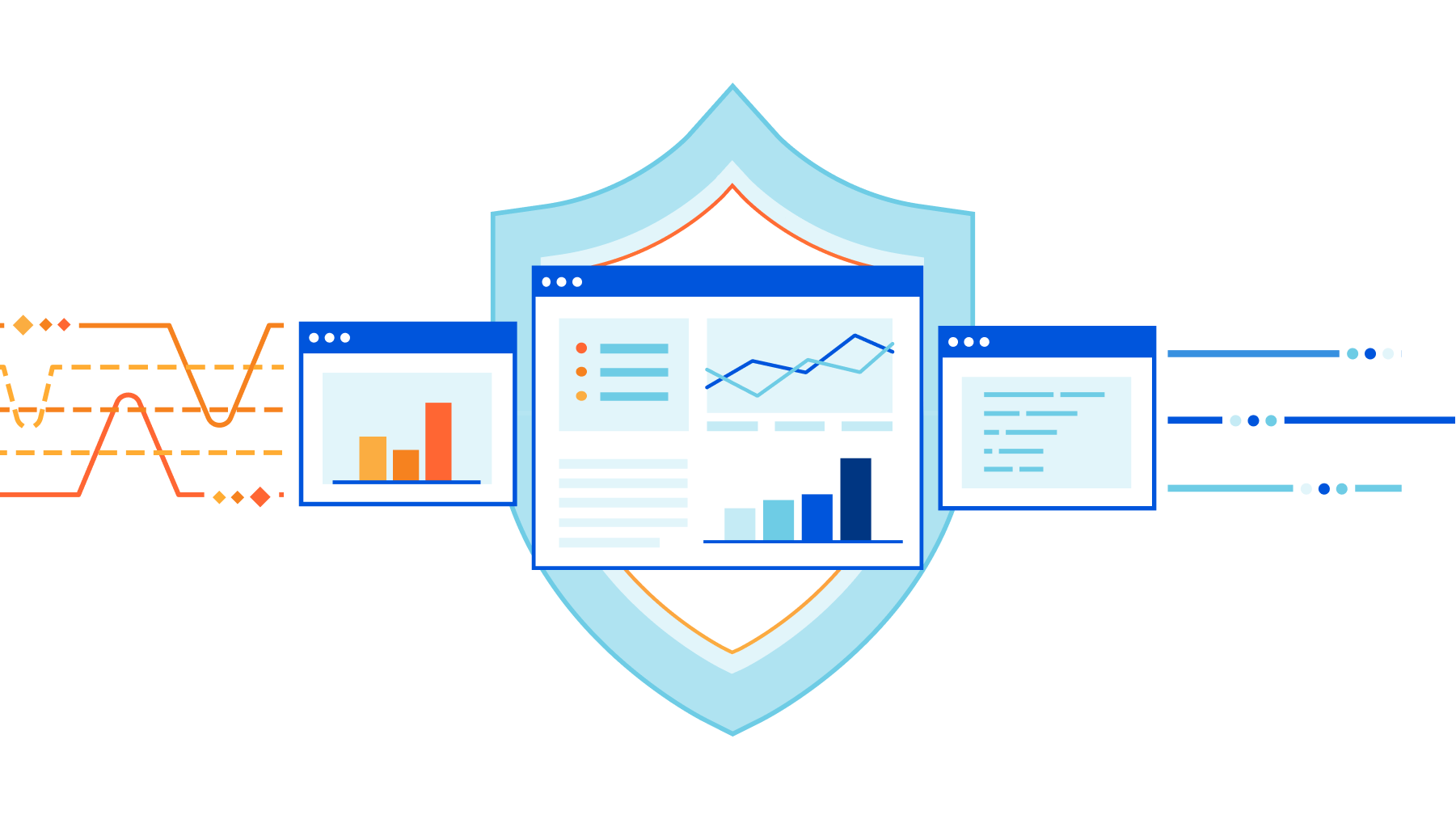
Every Internet property is unique, with its own traffic behaviors and patterns. For example, a website may only expect user traffic from certain geographies, and a network might only expect to see a limited set of protocols.
Understanding that the traffic patterns of each Internet property are unique is what led us to develop the Adaptive DDoS Protection system. Adaptive DDoS Protection joins our existing suite of automated DDoS defenses and takes it to the next level. The new system learns your unique traffic patterns and adapts to protect against sophisticated DDoS attacks.
Adaptive DDoS Protection is now generally available to Enterprise customers:
- HTTP Adaptive DDoS Protection - available to WAF/CDN customers on the Enterprise plan, who have also subscribed to the Advanced DDoS Protection service.
- L3/4 Adaptive DDoS Protection - available to Magic Transit and Spectrum customers on an Enterprise plan.
Adaptive DDoS Protection learns your traffic patterns
The Adaptive DDoS Protection system creates a traffic profile by looking at a customer’s maximal rates of traffic every day, for the past seven days. The profiles are recalculated every day using the past seven-day history. We then store the maximal traffic rates seen for every predefined dimension value. Every profile Continue reading
Account WAF now available to Enterprise customers
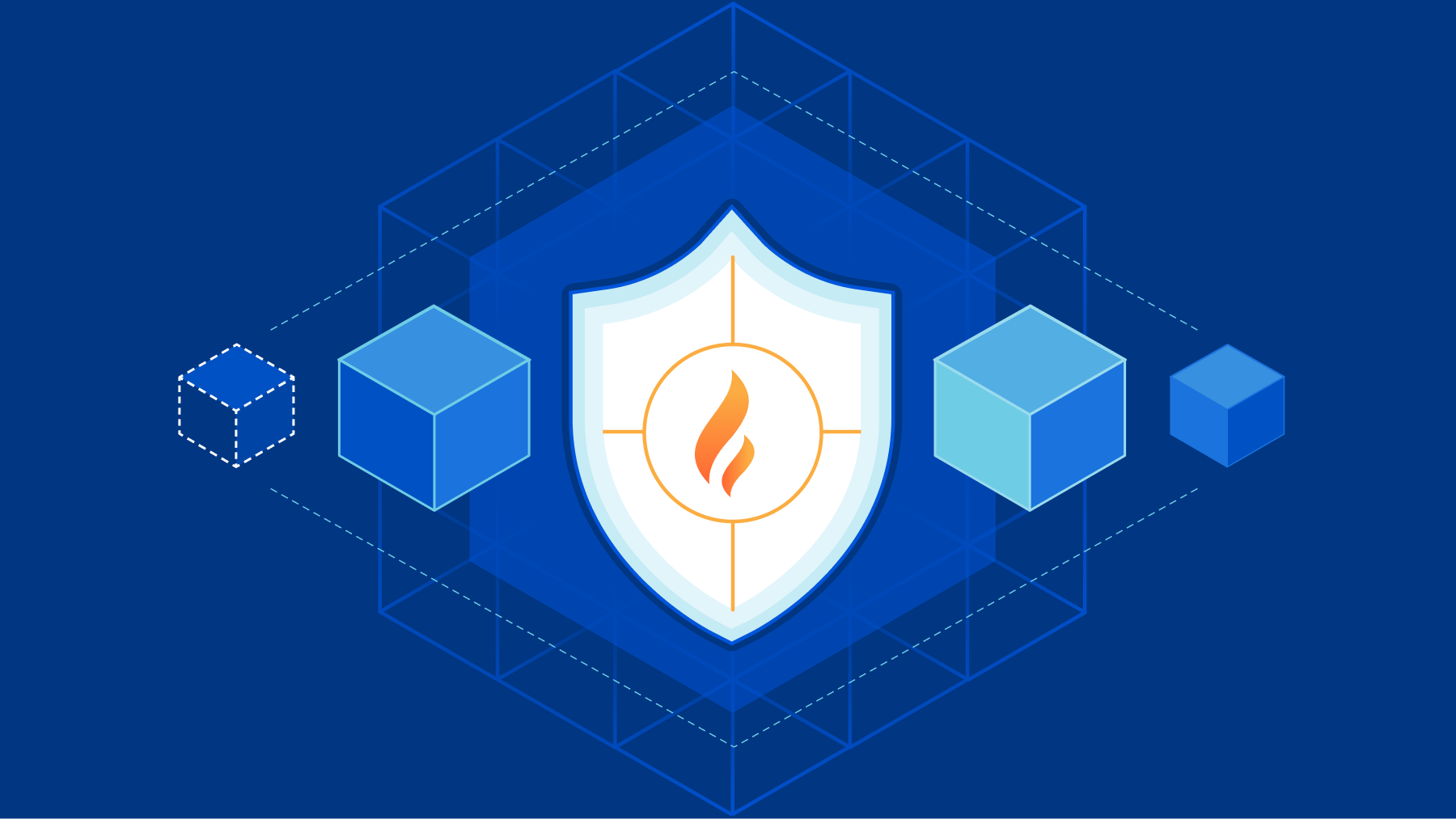
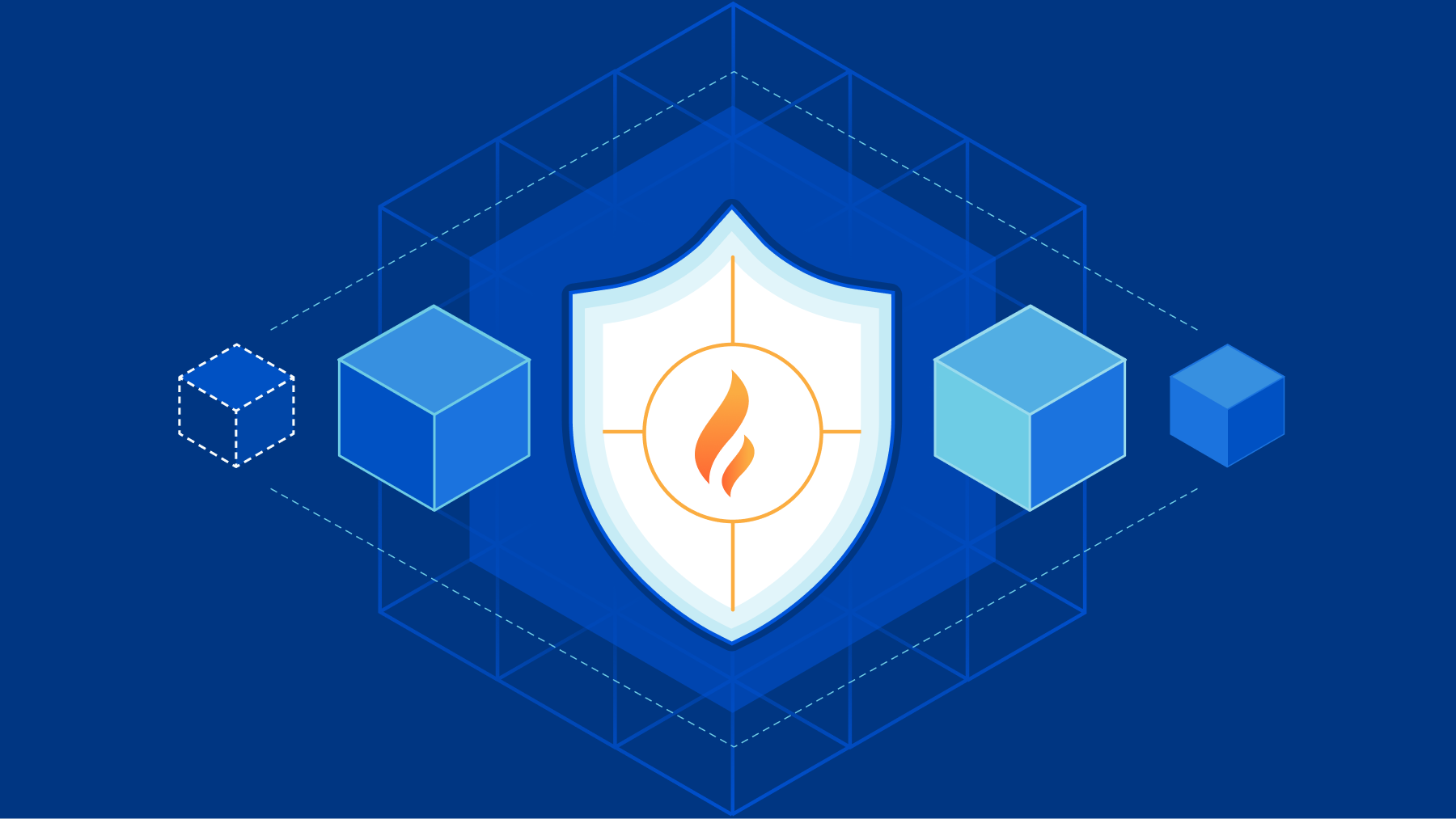
Do you manage more than a single domain? If the answer is yes, now you can manage a single WAF configuration for all your enterprise domains.
Cloudflare has been built around the concept of zone, which is broadly equivalent to a domain. Customers can add multiple domains to a Cloudflare account, and every domain has its own independent security configuration. If you deploy a rule to block bots on example.com, you will need to rewrite the same rule on example.org. You’ll then need to visit the dashboard of every zone when you want to update it. This applies to all WAF products including Managed, Firewall and Rate Limiting rules.
If you have just two domains that’s not a big deal. But if you manage hundreds or thousands of domains like most large organizations do. Dealing with individual domains becomes time-consuming, expensive or outright impractical. Of course, you could build automation relying on our API or Terraform. This will work seamlessly but not all organizations have the capabilities to manage this level of complexity. Furthermore, having a Terraform integration doesn’t fully replicate the experience or give the confidence provided by interacting with a well-designed UI.
Following Cloudflare Continue reading
Improved Access Control: Domain Scoped Roles are now generally available


Starting today, it is possible to scope your users’ access to specific domains with Domain Scoped Roles becoming generally available!
We are making it easier for account owners to manage their team’s access to Cloudflare by allowing user access to be scoped to individual domains. Ensuring users have the least amount of access they need and no more is critical, and Domain Scoped Roles is a major step in this direction. Additionally, with the use of Domain Groups, account owners can grant users access to a group of domains instead of individually. Domains can be added or removed from these groups to automatically update the access of those who have been granted access to the group. This reduces toil in managing user access.
One of the most common uses we have seen for Domain Scoped Roles is to limit access to production domains to a small set of team members, while still allowing development and pre-production domains to be open to the rest of the team. That way, someone can’t make changes to a production domain unless they are given access.
We are doing a rollout of this functionality across all Enterprise Cloudflare accounts, and you will receive an email Continue reading
Cloudforce One is now generally available: empower your security team with threat data, tooling, and access to industry experts


Cloudflare’s threat operations and research team, Cloudforce One, is now open for business and has begun conducting threat briefings. Access to the team is available via an add-on subscription, and includes threat data and briefings, security tools, and the ability to make requests for information (RFIs) to the team.
Fill out this form or contact your account team to learn more.
Subscriptions come in two packages, and are priced based on number of employees: “Premier” includes our full history of threat data, bundled RFIs, and an API quota designed to support integrations with SIEMs. “Core” level includes reduced history and quotas. Both packages include access to all available security tools, including a threat investigation portal and sinkholes-as-a-service.
If you’re an enterprise customer interested in understanding the type of threat briefings that Cloudforce One customers receive, you can register here for “YackingYeti: How a Russian threat group targets Ukraine—and the world”, scheduled for October 12. The briefing will include Q&A with Blake Darché, head of Cloudforce One, and an opportunity to learn more about the team and offering.
Requests for Information (RFIs) and Briefings
The Cloudforce One team is composed of analysts assigned to five subteams: Malware Analysis, Threat Continue reading
Welcome to GA Week


Cloudflare ships a lot of products. Some of those products are shipped as beta, sometimes open, sometimes closed, and our huge customer base gives those betas an incredible workout. Making products work at scale, and in the heterogeneous environment of the real Internet is a challenge. We’re lucky to have so many enthusiastic customers ready to try out our betas.
And when those products exit beta they’re GA or Generally Available. This week you’ll be hearing a lot about products becoming GA.
But it’s not just about making products work and be available, it’s about making the best-of-breed. We ship early and iterate rapidly. We’ve done this over the years for WAF, DDoS mitigation, bot management, API protection, CDN and our developer platform. Today analyst firms such as Gartner, Forrester and IDC recognize us as leaders in all those areas.
That’s one reason we’re trusted by the likes of Broadcom, NCR, DHL Parcel, Panasonic, Canva, Shopify, L'Oréal, DoorDash, Garmin and more.
Over the years we’ve heard criticism that we’re the new kid on the block. The latest iteration of that is Zero Trust vendors seeing us as novices. It sounds all too familiar. It’s what the Continue reading
Using Cloudflare R2 as an apt/yum repository


In this blog post, we’re going to talk about how we use Cloudflare R2 as an apt/yum repository to bring cloudflared (the Cloudflare Tunnel daemon) to your Debian/Ubuntu and CentOS/RHEL systems and how you can do it for your own distributable in a few easy steps!
I work on Cloudflare Tunnel, a product which enables customers to quickly connect their private networks and services through the Cloudflare global network without needing to expose any public IPs or ports through their firewall. Cloudflare Tunnel is managed for users by cloudflared, a tool that runs on the same network as the private services. It proxies traffic for these services via Cloudflare, and users can then access these services securely through the Cloudflare network.
Our connector, cloudflared, was designed to be lightweight and flexible enough to be effectively deployed on a Raspberry Pi, a router, your laptop, or a server running on a data center with applications ranging from IoT control to private networking. Naturally, this means cloudflared comes built for a myriad of operating systems, architectures and package distributions: You could download the appropriate package from our GitHub releases, brew install it or apt/yum install it (https://pkg.cloudflare. Continue reading
How we built Pingora, the proxy that connects Cloudflare to the Internet

Introduction

Today we are excited to talk about Pingora, a new HTTP proxy we’ve built in-house using Rust that serves over 1 trillion requests a day, boosts our performance, and enables many new features for Cloudflare customers, all while requiring only a third of the CPU and memory resources of our previous proxy infrastructure.
As Cloudflare has scaled we’ve outgrown NGINX. It was great for many years, but over time its limitations at our scale meant building something new made sense. We could no longer get the performance we needed nor did NGINX have the features we needed for our very complex environment.
Many Cloudflare customers and users use the Cloudflare global network as a proxy between HTTP clients (such as web browsers, apps, IoT devices and more) and servers. In the past, we’ve talked a lot about how browsers and other user agents connect to our network, and we’ve developed a lot of technology and implemented new protocols (see QUIC and optimizations for http2) to make this leg of the connection more efficient.
Today, we’re focusing on a different part of the equation: the service that proxies traffic between our network and servers on the Internet. This proxy Continue reading
Ethereum Gateway support for Görli + Sepolia Testnets and the Ethereum Merge


Today we are excited to announce support for the Ethereum Merge on the Ethereum network and that our Ethereum gateways now support the Görli and Sepolia test networks (testnets). Sepolia and Görli testnets can be used to test and develop full decentralized applications (dapps) or test upgrades to be deployed on the mainnet Ethereum network. These testnets also use the Ethereum protocol, with the major difference that the Ether transacted on the testnet has no value.
Ethereum is a decentralized blockchain with smart contract functionality which Cloudflare allows you to interact with through an HTTP API. For a quick primer on Ethereum and our gateway, please refer to our previous blog post on the Ethereum Gateway.
As preparation for the merge, the Ethereum Foundation has executed merges on multiple testnets to ensure that the actual mainnet merge will occur with minimal to no disruption. These testnets both successfully upgraded to Proof of Stake and Proof of Authority, respectively. Cloudflare’s Testnet Gateway handled the Görli-Prater merge without issue, ensuring that we will be ready and prepared for the upcoming Ethereum Merge for mainnet. Our testnet gateways are live and ready for use by Cloudflare Ethereum Gateway customers.
In this blog, Continue reading
Cloudflare named a Leader by Gartner


Gartner has recognised Cloudflare as a Leader in the 2022 "Gartner® Magic Quadrant™ for Web Application and API Protection (WAAP)" report that evaluated 11 vendors for their ‘ability to execute’ and ‘completeness of vision’.
You can register for a complimentary copy of the report here.
We believe this achievement highlights our continued commitment and investment in this space as we aim to provide better and more effective security solutions to our users and customers.
Keeping up with application security
With over 36 million HTTP requests per second being processed by the Cloudflare global network we get unprecedented visibility into network patterns and attack vectors. This scale allows us to effectively differentiate clean traffic from malicious, resulting in about 1 in every 10 HTTP requests proxied by Cloudflare being mitigated at the edge by our WAAP portfolio.
Visibility is not enough, and as new use cases and patterns emerge, we invest in research and new product development. For example, API traffic is increasing (55%+ of total traffic) and we don’t expect this trend to slow down. To help customers with these new workloads, our API Gateway builds upon our WAF to provide better visibility and mitigations for well-structured API traffic for Continue reading